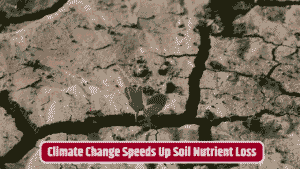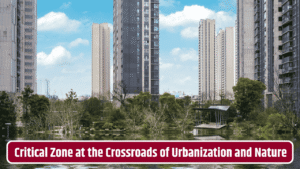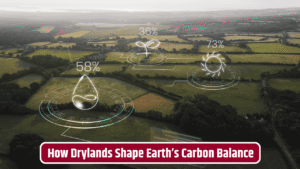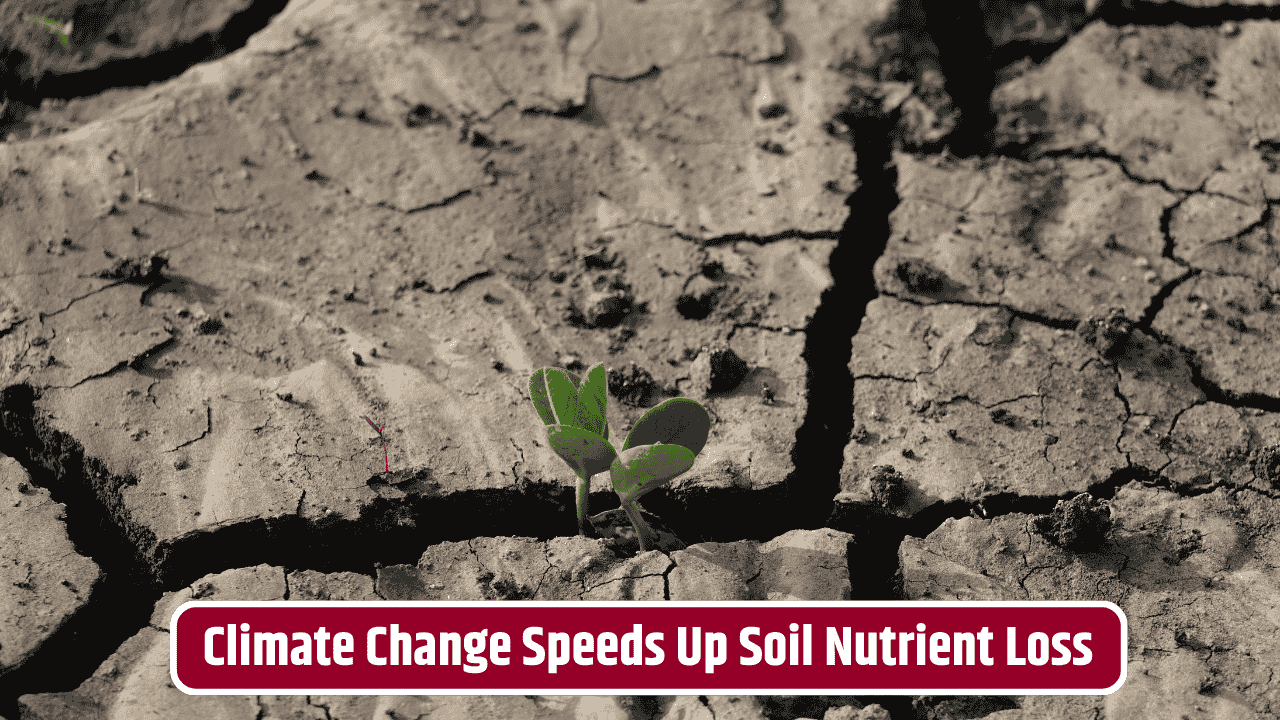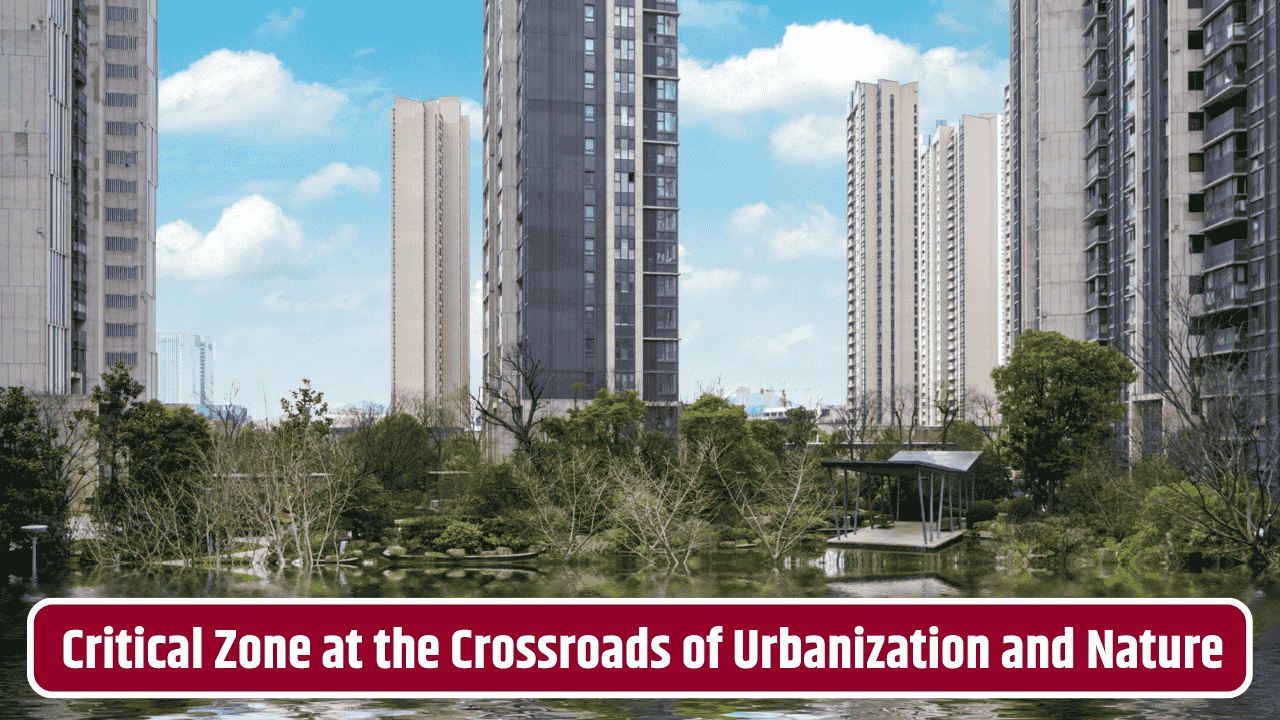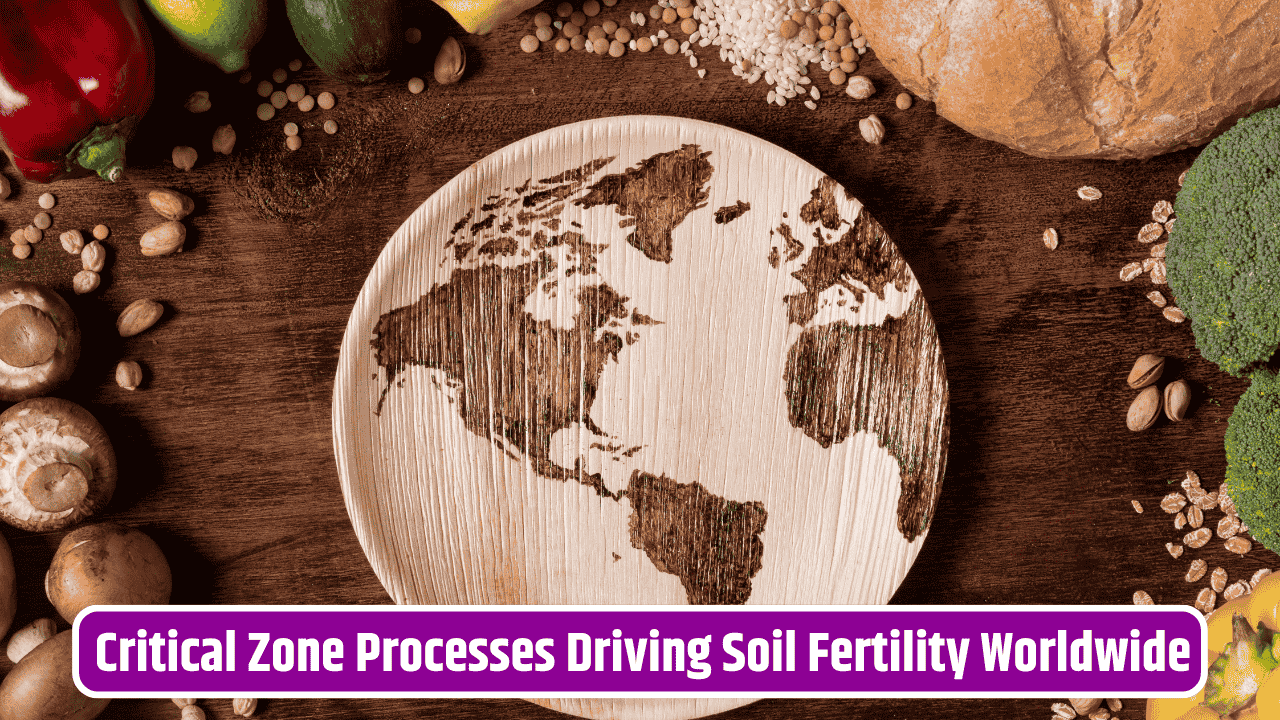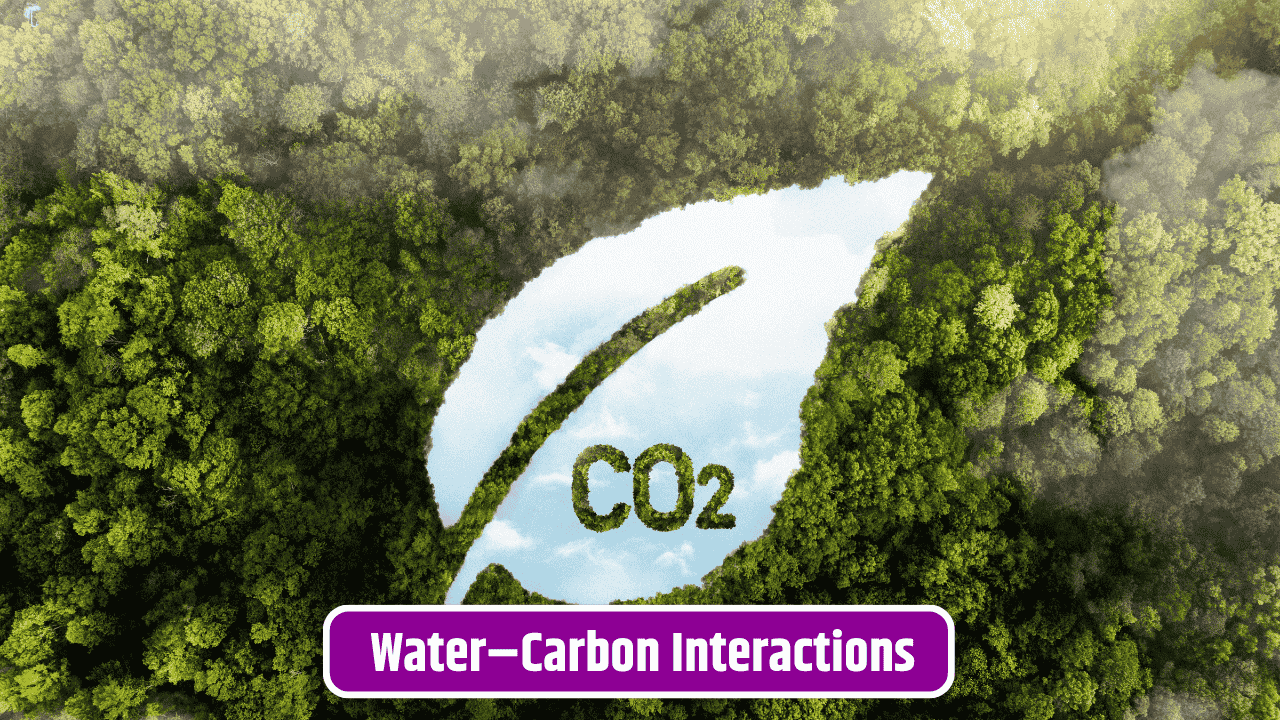It’s easy to forget the ground beneath our feet until something goes wrong. But here’s the uncomfortable truth: the dark, crumbly layer we call topsoil—the very foundation of our food system—is disappearing faster than it can be replenished. Scientists warn that we’re losing topsoil at a rate that could compromise global food security within decades. And unlike oil or gas, you can’t just “make” more topsoil in a factory. It takes hundreds, sometimes thousands, of years for nature to build a single inch.
Table of Contents
What Exactly Is Topsoil and Why Does It Matter?
Topsoil is the uppermost layer of soil, typically just a few inches thick, packed with nutrients, organic matter, and microbes that make crops grow. Think of it as the skin of the Earth. Strip that away, and the land becomes weaker, more vulnerable, and less productive. Without fertile topsoil, wheat fields, rice paddies, and corn belts won’t stand a chance.
Farmers already notice declining yields in places where soil erosion is high. According to the United Nations Food and Agriculture Organization (FAO), a third of the world’s soil is already degraded. That statistic alone should give you chills.
The Culprits Behind the Crisis
Several forces are conspiring to thin our topsoil:
- Intensive Agriculture – Monocropping (growing the same crop over and over) drains nutrients, while heavy tilling breaks down soil structure.
- Deforestation – When forests are cleared, the protective cover disappears, leaving soil exposed to wind and rain.
- Climate Change – Stronger storms, shifting rainfall, and droughts accelerate erosion.
- Urbanization – Paved roads and construction swallow fertile land.
Here’s a quick look at how fast things are changing:
| Factor | Impact on Topsoil | Real-World Example |
|---|---|---|
| Over-farming | Nutrient depletion | US Corn Belt facing nitrogen exhaustion |
| Deforestation | Soil erosion & flooding | Amazon rainforest loss affecting Brazil’s farmland |
| Climate extremes | Faster erosion | East Africa droughts reducing arable land |
| Urban sprawl | Loss of farmland | China’s farmland shrinking near major cities |
Why You Should Care (Even If You’re Not a Farmer)
It’s tempting to think this is just a “farmer problem,” but soil loss affects everyone. Higher food prices? Check. Increased floods and dust storms? Check. Reduced biodiversity and carbon storage? Double check. Soil is also one of the largest carbon sinks on the planet—when it erodes, that carbon is released back into the atmosphere, making climate change worse.
According to the U.S. Department of Agriculture (USDA), America loses nearly 1.7 billion tons of topsoil each year. That loss translates directly into higher costs for food production, which eventually trickles down to your grocery bill.
Can We Reverse the Damage?
The good news is: yes, but it’ll take effort. Conservation practices like cover cropping, no-till farming, and agroforestry can slow erosion. Countries like India have begun promoting soil health cards for farmers, while the EU has launched soil protection policies under its Green Deal. Globally, initiatives like the United Nations’ Global Soil Partnership are pushing for sustainable soil management.
But make no mistake—it’s a race against time. If we don’t act, projections suggest we could lose all arable topsoil within 60 years, a chilling number echoed by multiple agricultural researchers.
FAQs
How long does it take to form topsoil naturally?
Roughly 500–1,000 years for just one inch of fertile topsoil.
Which countries are most affected by soil erosion?
India, China, the U.S., and sub-Saharan African nations are among the hardest hit.
Is soil loss reversible?
Yes, but only with proper land management like cover crops, reduced tilling, and reforestation.
How does topsoil loss affect climate change?
Eroded soil releases stored carbon, contributing to greenhouse gas emissions.
What can individuals do to help?
Support sustainable farming, compost, avoid food waste, and back policies that protect farmland.


